1. Head Cheese
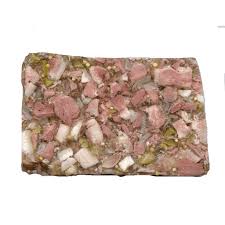
Souse, sometimes called head cheese, was made by boiling pig heads and setting the meat in a gelatin base seasoned with vinegar and spices. Once, it was a thrifty way for rural families to use every part of the animal and stretch meals during lean times. Cold slices of souse were eaten with bread or crackers and were especially common in the South. But for many today, the concept of eating pig parts held together with jelly is simply unappetizing. As supermarkets shifted to packaged, uniform meats, souse faded away. Now, it survives mostly in specialty stores, cultural festivals, and among older generations who grew up with it as a familiar food.
2. Pickled Pigs’ Feet

Pickled pigs’ feet were once a common sight in jars on bar counters and in kitchen pantries across America. They were prized for their tangy flavor and rich collagen, with many people enjoying them as a snack alongside a cold drink. The pickling process gave them a distinctive taste that older generations grew up with, especially in the South. Today, however, the sight of bones suspended in gelatin and the chewy, slippery texture has pushed them far from the mainstream. While some traditionalists and specialty markets still carry them, most modern eaters avoid the dish altogether, preferring less intimidating and more familiar snacks.
3. Pig Brains and Eggs

This unusual breakfast of scrambled eggs mixed with creamy calf or pig brains was once a staple in parts of the South and Midwest. It offered an affordable, protein-packed meal, and many families considered it a hearty start to the day. But after the mad cow disease scare in the 1990s, demand collapsed almost overnight. Beyond health concerns, the very thought of eating brains has always unsettled many Americans, especially younger generations raised on more conventional breakfast foods. Today, the dish is rarely found outside of older cookbooks or very traditional Southern kitchens, making it a forgotten relic of American dining.
4. Chitterlings

Chitterlings, better known as chitlins, are pig intestines that were once a central dish in many African American households, especially during the holidays. They were usually slow-cleaned, boiled, and seasoned heavily before being fried or stewed. The dish carried deep cultural and historical roots, often tied to family gatherings and festive meals. But preparing chitlins is an intense process, requiring hours of cleaning, and the strong odor they release while cooking has made them less appealing to many modern cooks. Today, they are still prepared in some homes and sold in specialty markets around Christmas and New Year’s, but for the most part, chitlins have disappeared from everyday American kitchens.
5. Liver and Onions
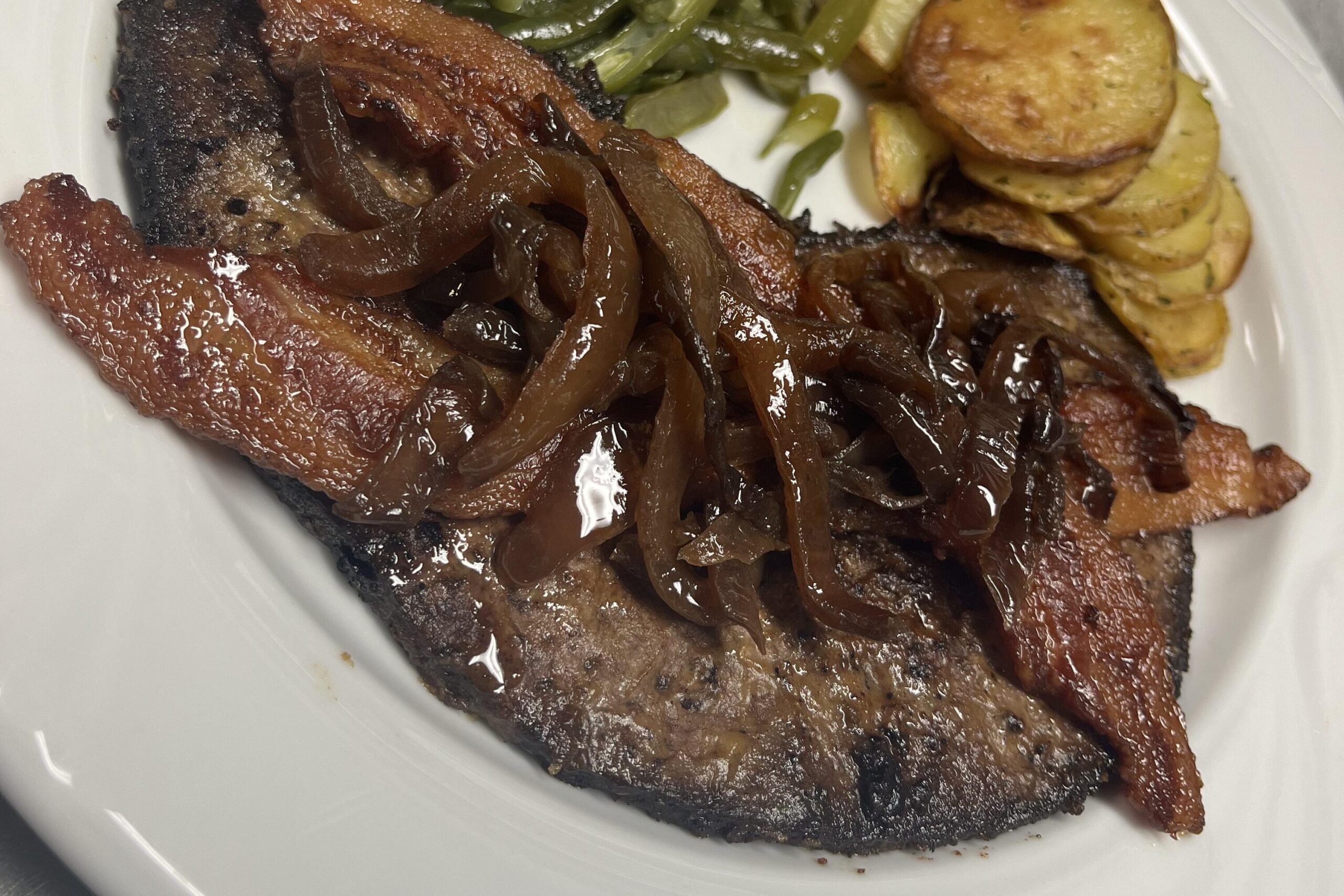
For much of the 20th century, liver and onions were a weekly dinner in households across the country. High in iron and vitamins, liver was considered a health-boosting food, and pairing it with onions softened its strong flavor. Diners and family kitchens alike kept it on the menu, with many children growing up either loving it or refusing it at the table. Over time, however, tastes shifted, and younger generations became less interested in organ meats. Many find the texture and strong, earthy flavor unappealing, and the association with being an “unpopular” dish has lingered. While it still holds a place in some family traditions and old-fashioned diners, liver and onions no longer has the broad appeal it once enjoyed.
6. Tongue
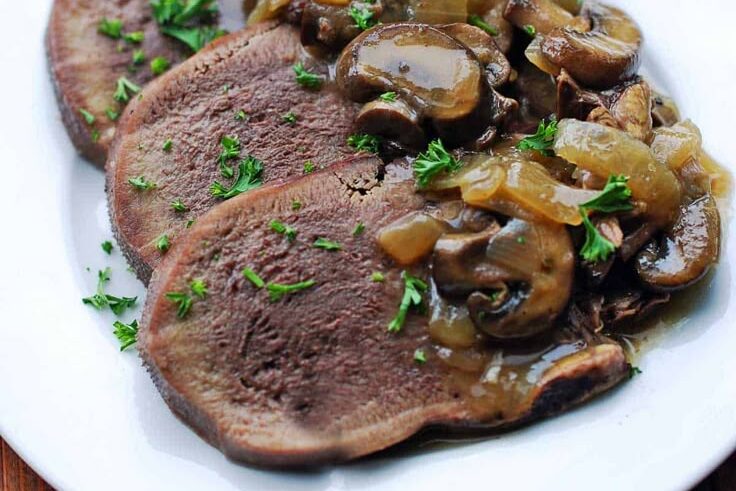
Once a common cut found in Jewish delis and family kitchens, beef tongue was often served sliced thin in sandwiches or braised until tender for hearty meals. Its mild flavor made it surprisingly versatile, but the preparation could be daunting, peeling the thick skin and dealing with its distinctive shape turned off many home cooks. For older generations, tongue was simply another affordable cut of beef, but to modern shoppers, the idea of eating part of an animal’s tongue feels unappealing. Today, it still has a place in traditional cuisines like Mexican tacos de lengua, and if you go to a good Jewish deli you may change your mind about not eating it.
7. Tripe
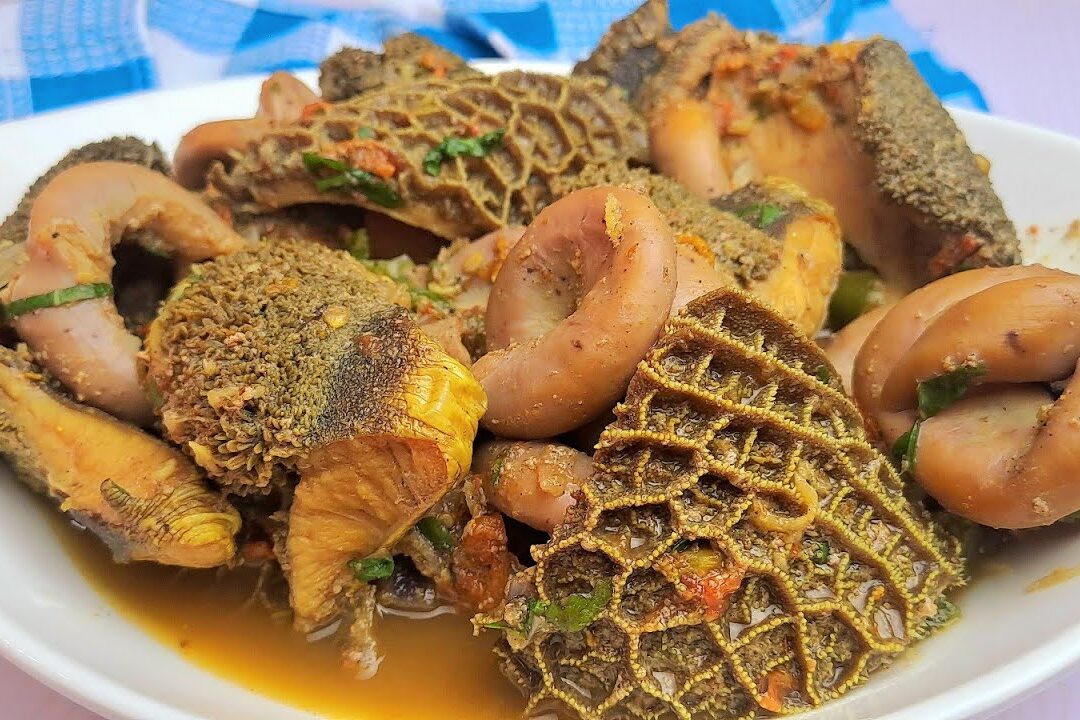
Tripe, the lining of a cow’s stomach, was once a common ingredient in stews and soups. It was valued for being inexpensive and filling, making it a practical choice for families on tight budgets. Dishes like menudo in Mexican cuisine or pepper pot soup in American kitchens showcased tripe’s chewy texture and ability to soak up flavors. However, its barnyard smell and rubbery consistency have turned many modern eaters away. Preparing it properly also takes time, requiring thorough cleaning and long cooking. Today, tripe still appears in traditional cuisines and specialty restaurants, but for the average American household, it’s considered far too unusual to bring to the dinner table.
8. Blood Sausage
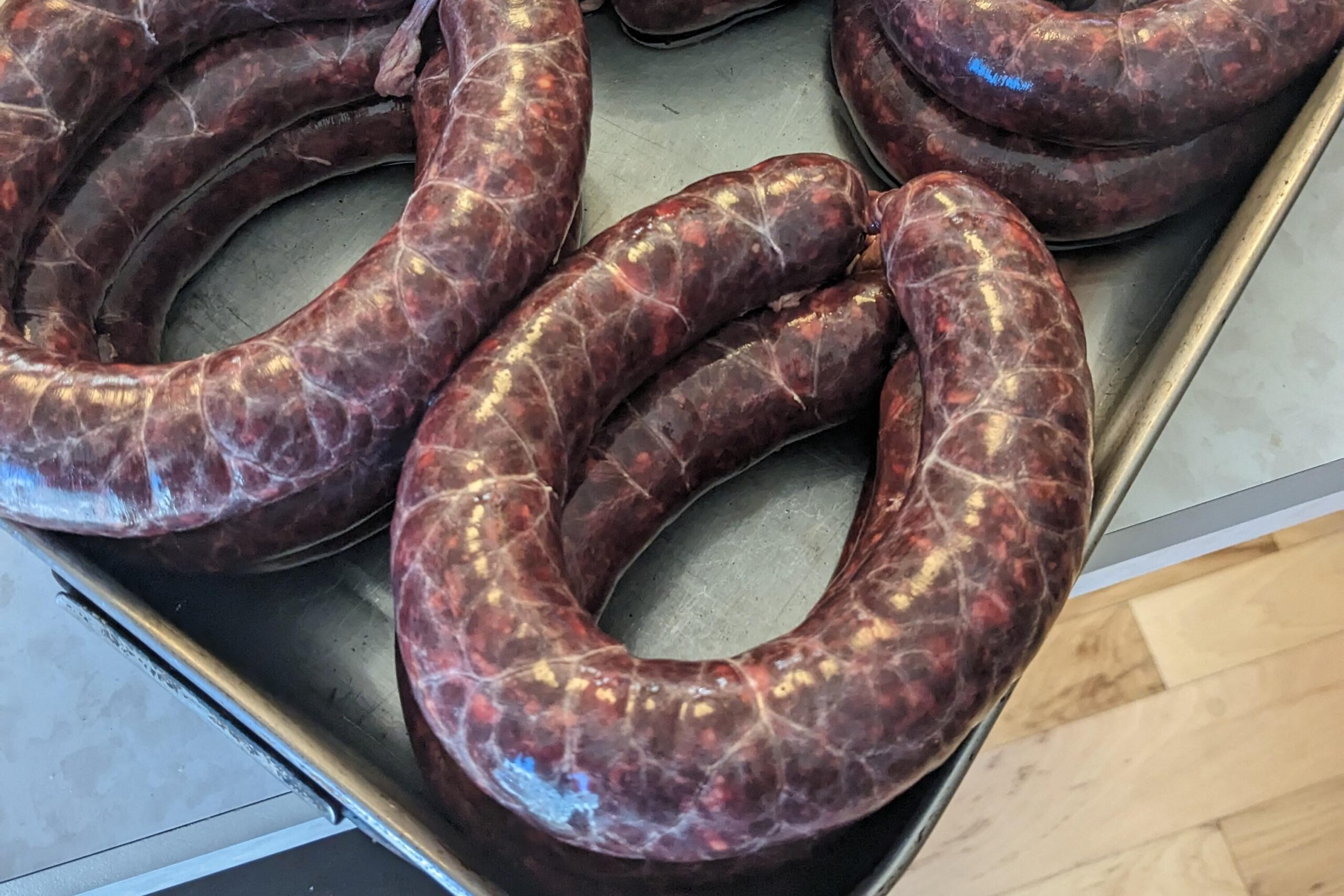
Blood sausage, also known as black pudding in some cultures, was a hearty staple brought to America by European immigrants. Made with pig’s blood mixed with grain and spices, it was rich in iron and provided a way to use every part of the animal. For working families, it was affordable and sustaining, especially in colder regions. While still celebrated in certain ethnic communities and gourmet circles, its graphic name and main ingredient have kept it from fitting into mainstream American diets. Most modern eaters are squeamish at the thought, leaving blood sausage more of a cultural specialty than a household staple.
9. Lard

For generations, lard was the gold standard in American kitchens, prized for making flaky pie crusts, crisp fried chicken, and flavorful biscuits. It was cheap, accessible, and part of nearly every pantry. But during the mid-20th century, lard’s reputation took a hit when health campaigns promoted vegetable oils and margarine as “heart-healthy” alternatives. By the 1990s, lard was nearly gone from most grocery stores, dismissed as old-fashioned and unhealthy. In recent years, chefs and bakers have revived it for its unmatched cooking qualities, but for everyday home cooks, lard still carries a stigma. Most stick with butter or oil, leaving lard as a specialty item rather than a kitchen staple- But it is making a comeback and we are seeing more people and restaurants cooking with it these days.
10. Sweetbreads
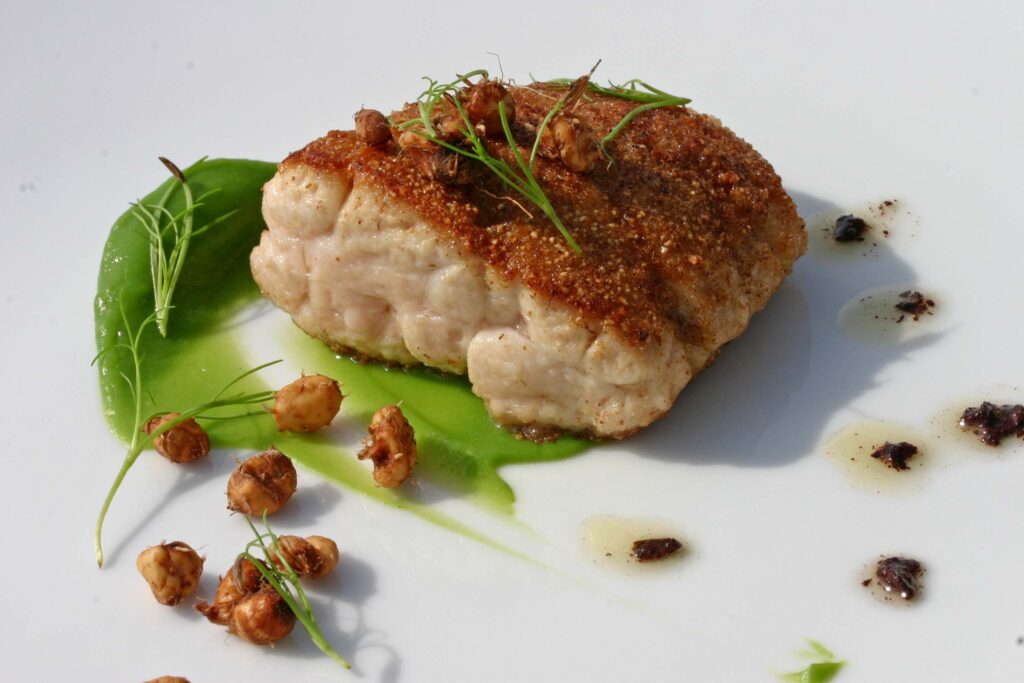
Sweetbreads, which come from the thymus or pancreas of young animals, were once considered a delicacy in fine dining. Praised for their tender texture and mild flavor, they appeared on menus at upscale restaurants and in gourmet cookbooks. Many older generations enjoyed them simply breaded and fried, or served in rich sauces. But as people became more aware of what sweetbreads actually are, their popularity declined. Younger diners are less willing to embrace dishes made from glands, and the rise of “nose-to-tail” cooking hasn’t fully restored their mainstream appeal. Today, they remain on the menus of select high-end restaurants, but few Americans outside of food enthusiasts are eager to try them.
11. Oxtail
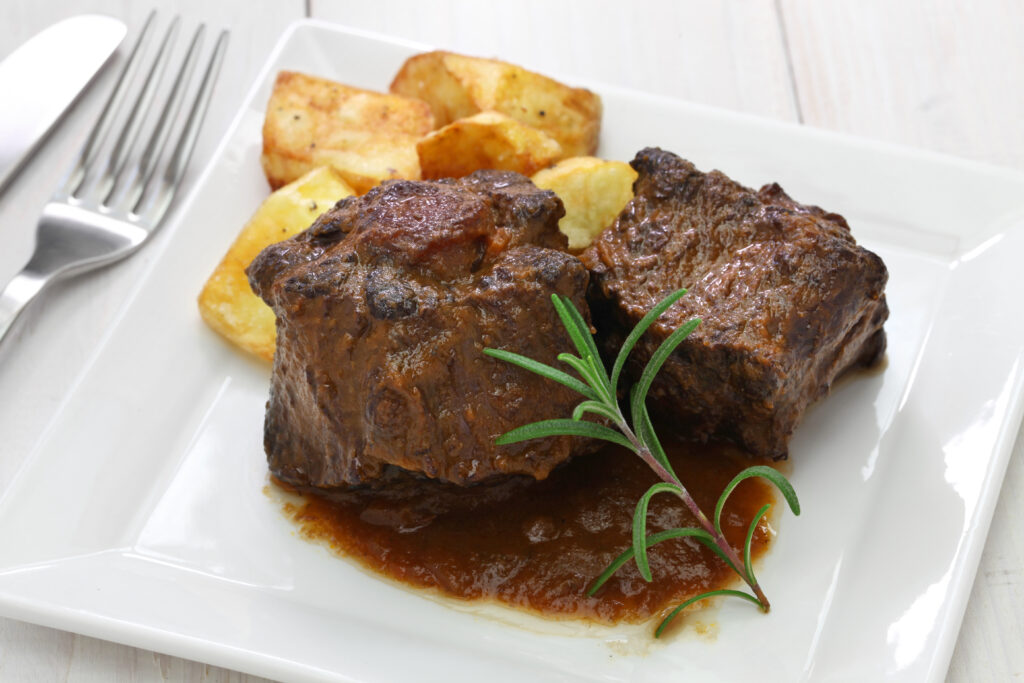
Oxtail, literally the tail of a cow, was once considered a cheap cut of meat that families could stretch into flavorful stews and soups. Slow-cooked, it produces a rich broth and fall-off-the-bone meat, making it a comfort food in many cultures. In the U.S., it was common in home kitchens and diners, especially in working-class households. Today, however, oxtail has become expensive due to limited supply and growing demand in Caribbean, African American, and Latin cuisines. While it remains beloved in those traditions, many average American shoppers overlook it entirely, either because they’re unfamiliar with how to cook it or because its appearance seems off-putting compared to neatly packaged cuts of beef.
12. Rabbit Stew

Rabbit stew was once a practical meal for farm families and hunters, providing lean protein that was easy to raise or catch. During tough times, like the Great Depression, rabbit was an affordable option that kept food on the table. Recipes often called for slow-cooking the meat with vegetables and broth, making it both hearty and resourceful. Over time, though, rabbits became more associated with pets than with plates, and the idea of eating them fell out of favor in most American households. While rabbit meat is still enjoyed in Europe and available in specialty markets, in the U.S. it has become a niche food, tied mostly to hunting culture and rural traditions.
13. Squirrel Meat

Squirrel meat may sound unusual today, but it was once an everyday food for rural Americans, particularly in the South and Midwest. Hunters brought them home for grilling, frying, stewing, or even baking in pies, and they were considered a reliable source of protein. Squirrel recipes appeared in older cookbooks, reflecting how common the dish once was. As grocery stores expanded and store-bought meats became easier to access, the need to hunt squirrels for food declined sharply. Today, squirrel remains part of hunting traditions and adventurous cooking but has disappeared from mainstream American dining. For most people, the idea of eating something so closely associated with backyard wildlife feels far removed from the dinner table.
This story 13 Animal Foods Americans Used to Eat, Now Only a Few Will Even Touch Them Today was first published on Daily FETCH


